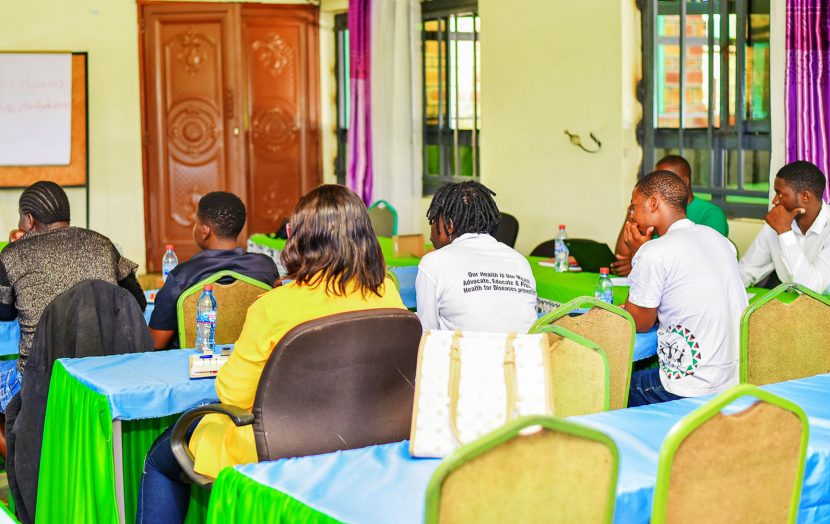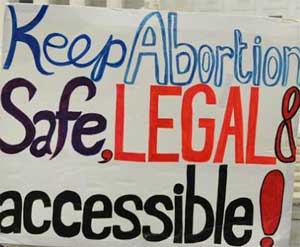We must invest in sex education to save adolescents
FEATUREDMany adolescents in Kenya and Sub-Saharan Africa are sexually active if the high birth rates that have been reported is anything to go by. The devastating impact HIV/AIDS, the many unintended pregnancies which have pushed some of the young people into unsafe abortions, and the risk of being infected with Sexually Transmitted Infections (STIs), means addressing the sexual and reproductive health needs of adolescents is of essence. There is therefore need for all stakeholders to join hands in protecting the health of adolescents which must be given priority as we seek to improve public health.
So how do we go about this? There should be increased investment in improving sexual and reproductive health of adolescents. This will also contribute to economic growth as the young people will grow into healthy and productive adults.
Many countries have prioritised Adolescent Sexual and Reproductive Health (ASRH) because this age group constitutes a huge portion of their populations. Locally, adolescents make up to 21 per cent of the about 47 million Kenyans.
Kenya has several policies meant to guarantee the sexual and reproductive health rights of adolescents. However, there has been a challenge with enforcement. Some of these policies are yet to have a real impact on those targeted, mainly primary and secondary school students, because of some unfavourable policies by the ministry of Education. The school environment is not also conducive enough for reproductive and sex education.
According to a report by Unicef, Kenya recorded high birth rates among adolescents between 2017-2019, with 96 births per 1,000 women. The national birth rate average is 29.31 per 1,000 women, as per a 2020 World Bank report. The high birth rates show most girls engaged in sexual activity but have no knowledge on birth control.
Another study by Population Council of Kenya revealed that only 28 per cent of girls and 21 per cent of boys had knowledge on how to prevent pregnancy. These groups were also unaware of the fertile periods in women. They rejected several misconceptions on pregnancy and were familiar with at least one modern method of contraception. For those aged 12-14 years, only 10 per cent of females and six per cent of males had the same level of knowledge.



